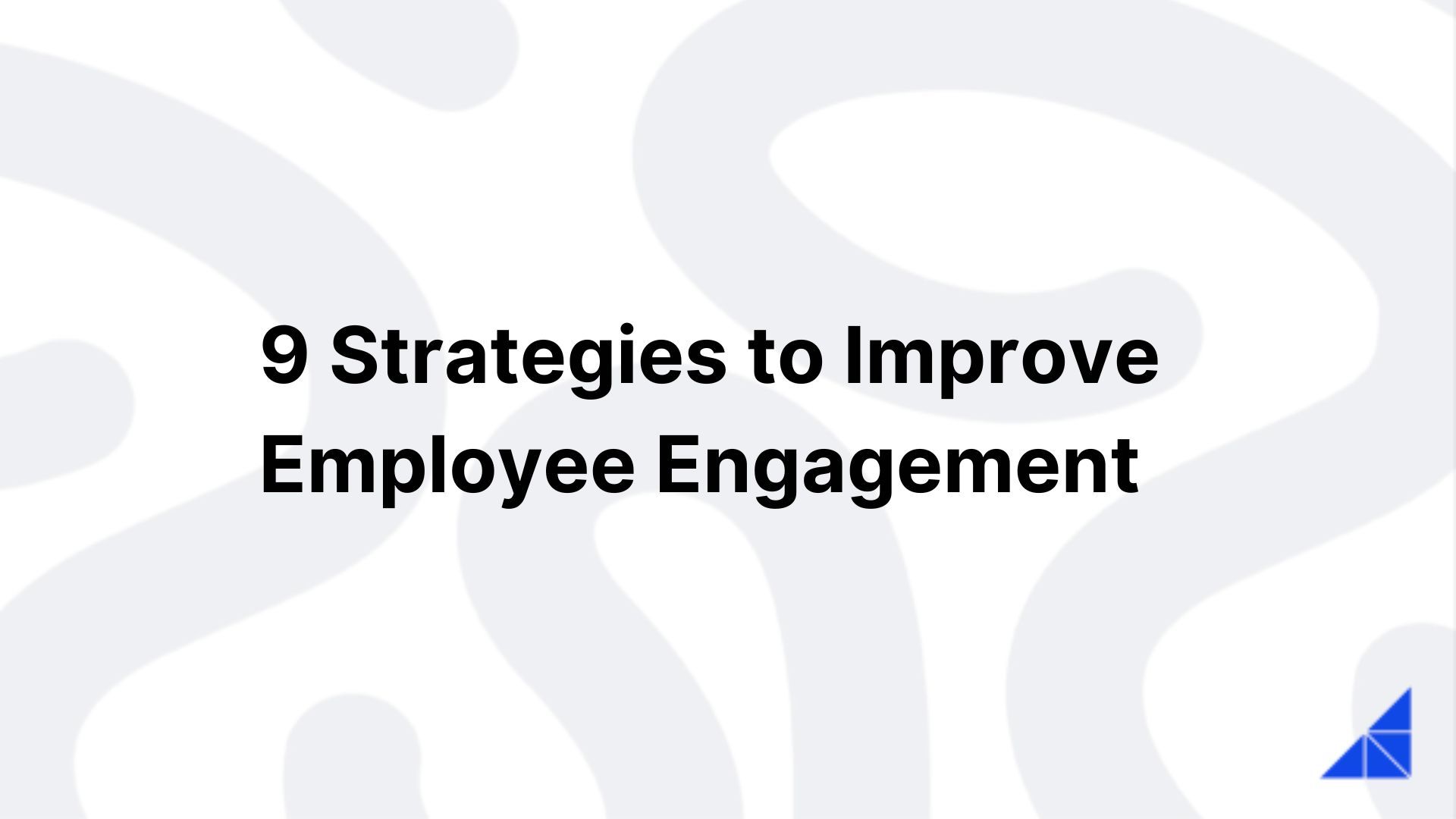Unlocking Potential: Effective Employee Engagement Strategies For The Modern Workplace

In today’s fast-paced work environment, employee engagement is more critical than ever. Engaged employees are not only more productive, but they also contribute to a vibrant workplace culture. In this guide, we will explore proven employee engagement strategies that can invigorate your workforce. By implementing these strategies, organizations can enhance employee satisfaction and drive success.

Understanding Employee Engagement
Employee engagement refers to the emotional commitment an employee has to their organization. This connection drives them to work harder and contribute positively to the company’s goals. According to Gallup, companies with high employee engagement levels experience 21% higher productivity. Moreover, engaged employees are more likely to stay with their organization, reducing turnover costs.
For instance, a study by the Society for Human Resource Management (SHRM) found that organizations with strong engagement strategies see a significant improvement in employee morale and productivity.
Importance of Employee Engagement
The impact of employee engagement on productivity and retention is profound. Engaged employees are less likely to leave their jobs, leading to lower recruitment costs. Research from Harvard Business Review indicates that organizations with high engagement scores have 44% lower turnover rates.
Moreover, engaged employees tend to be more innovative. They are invested in their roles and willing to go the extra mile. For example, Zappos, known for its strong company culture, has consistently high employee satisfaction scores, which correlate with their exceptional customer service.

Strategies for Improving Employee Engagement
To foster an engaged workforce, managers can implement various practical strategies:
1. Foster Open Communication
Encourage team members to share their ideas and feedback. Regular check-ins and open-door policies can help employees feel valued.
2. Recognize Achievements
Celebrating both small and large wins can boost morale. Simple gestures like shout-outs during meetings or company-wide newsletters can make a difference.
3. Provide Development Opportunities
Investing in employee growth through training and mentorship not only enhances skills but also shows employees that their development is a priority.
4. Promote Work-Life Balance
Encouraging flexible work hours or remote work can improve employee satisfaction. Allowing employees to balance their personal lives with work is essential for engagement.
5. Build a Positive Culture
Creating a workplace that fosters inclusivity and respect can significantly impact employee motivation. Organize team-building activities and promote a sense of belonging.

Measuring Employee Engagement
Effective measurement is crucial in understanding employee engagement levels. Here are some tools and methods:
Surveys and Feedback Tools
Conduct regular engagement surveys to gather insights. Tools like Gallup Q12 can pinpoint areas of improvement.
Performance Metrics
Analyze productivity and retention rates to gauge engagement effectiveness. A drop in performance may indicate a need for renewed engagement efforts.
One-on-One Meetings
Regular check-ins with employees provide qualitative data. These discussions can uncover hidden issues and foster stronger relationships.
Case Studies and Success Stories
Many organizations have successfully implemented employee engagement strategies:
-
Google: Known for its employee-centric culture, Google emphasizes innovation and open communication. Their employee engagement efforts have led to high retention rates and productivity.
-
Salesforce: This company prioritizes employee well-being and development. Their initiatives have resulted in a remarkable 95% employee satisfaction rate.
-
Adobe: Adobe’s transition from annual performance reviews to continuous feedback improved engagement. Employees feel more valued and connected to their work.
Conclusion
In summary, effective employee engagement strategies are vital for creating a motivated workforce and a positive workplace culture. By focusing on open communication, recognition, development, work-life balance, and a positive culture, organizations can enhance employee satisfaction. Start implementing these strategies today to unlock your team’s full potential and drive your organization toward success.
Now is the time to take actionable steps toward improving employee engagement. Assess your current strategies and make necessary adjustments to foster a thriving workplace environment.